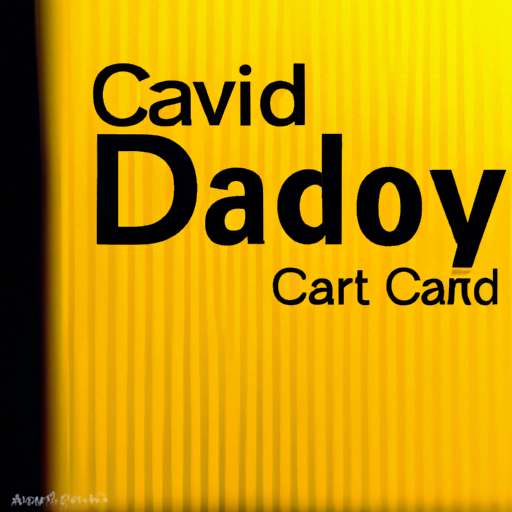
-
Table of Contents
David Carson: Revolutionizing Graphic Design

David Carson is a renowned graphic designer who has made a significant impact on the field of design through his innovative and unconventional approach. With his unique style and disregard for traditional design principles, Carson has challenged the status quo and pushed the boundaries of what is considered visually appealing. This article explores the life and work of David Carson, his contributions to graphic design, and the lasting influence he has had on the industry.
Early Life and Career
David Carson was born on September 8, 1955, in Corpus Christi, Texas. He grew up in a small town in Texas and developed an interest in art and design from a young age. Carson initially pursued a degree in sociology but later switched to graphic design after discovering his passion for visual communication.
After completing his studies, Carson worked as a high school teacher and a professional surfer before landing his first design job at Transworld Skateboarding magazine in 1983. It was during his time at the magazine that Carson began to experiment with typography and layout, creating designs that were unconventional and visually striking.
The Rise of “The End of Print”
In 1995, Carson published his first book, “The End of Print: The Graphic Design of David Carson.” The book showcased his groundbreaking work and became a bestseller, solidifying his reputation as a design iconoclast. Carson’s designs in the book challenged the traditional rules of typography, using fragmented text, overlapping images, and unconventional layouts.
Carson’s work in “The End of Print” marked a departure from the clean and minimalist design aesthetic that dominated the industry at the time. His designs were chaotic, expressive, and often difficult to read, but they captured the essence of the content in a way that traditional design could not. Carson’s approach was a direct response to the information overload of the digital age, where he believed that people were becoming desensitized to traditional forms of communication.
The Influence of Grunge Typography
One of Carson’s most significant contributions to graphic design was his popularization of grunge typography. Grunge typography is characterized by its distressed and irregular appearance, often resembling torn paper or graffiti. Carson’s use of grunge typography in his designs added a sense of authenticity and rawness, challenging the notion that design should always be polished and perfect.
Carson’s work with grunge typography can be seen in his designs for Ray Gun magazine, where he served as the art director from 1992 to 1995. His layouts for the magazine were visually chaotic, with overlapping text and images, unconventional typefaces, and a disregard for traditional hierarchy. Carson’s designs for Ray Gun became iconic and influenced a generation of designers who sought to break free from the constraints of traditional design.
Breaking the Rules of Typography
Carson’s approach to typography was revolutionary. He believed that typography should not only convey information but also evoke emotion and create a visual experience. Carson often distorted and manipulated typefaces, making them difficult to read but visually captivating.
One of Carson’s most famous examples of breaking the rules of typography is his design for an article in Ray Gun magazine titled “The Most Hated Man in Rock.” In this design, Carson intentionally made the text illegible, using overlapping letters and distorted typefaces. While the design received criticism for its lack of readability, it successfully captured the rebellious and chaotic nature of the subject matter.
The Legacy of David Carson
David Carson’s impact on graphic design cannot be overstated. His unconventional approach and disregard for traditional design principles have inspired countless designers to think outside the box and push the boundaries of what is considered visually appealing.
Carson’s work has also had a lasting influence on the world of advertising. His designs for brands such as Nike, Pepsi, and Microsoft challenged the notion that advertising should be polished and perfect. Instead, Carson’s designs embraced imperfection and authenticity, resonating with consumers who were tired of being bombarded with overly polished and artificial advertising messages.
Today, Carson continues to work as a graphic designer and is sought after for his unique style and approach. He has received numerous awards for his work, including the AIGA Gold Medal in 2014, which recognizes individuals who have made a significant contribution to the field of design.
Key Takeaways
- David Carson is a renowned graphic designer known for his unconventional and innovative approach to design.
- His book “The End of Print” solidified his reputation as a design iconoclast and showcased his groundbreaking work.
- Carson popularized grunge typography, which added a sense of authenticity and rawness to his designs.
- He broke the rules of typography, often making text difficult to read but visually captivating.
- Carson’s legacy in graphic design is one of pushing boundaries and inspiring designers to think outside the box.
In conclusion, David Carson’s impact on graphic design cannot be overstated. His unconventional and innovative approach to design has challenged the status quo and inspired countless designers to think differently. Carson’s work continues to resonate with audiences, and his legacy as a design iconoclast is firmly established in the industry.
